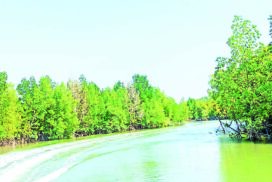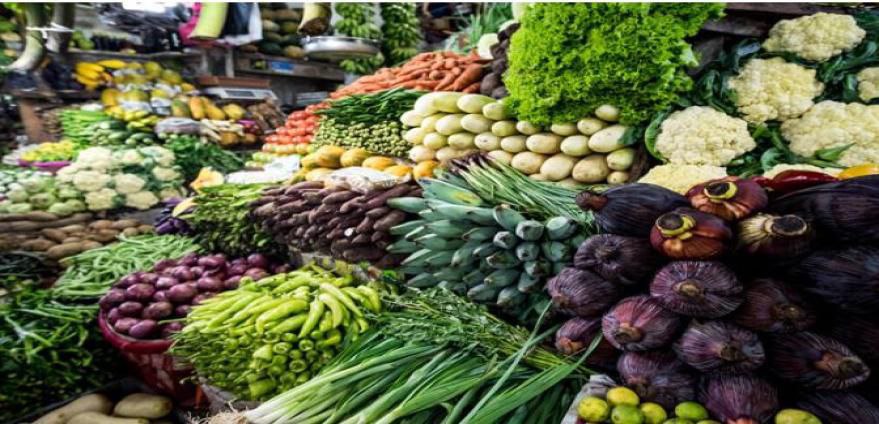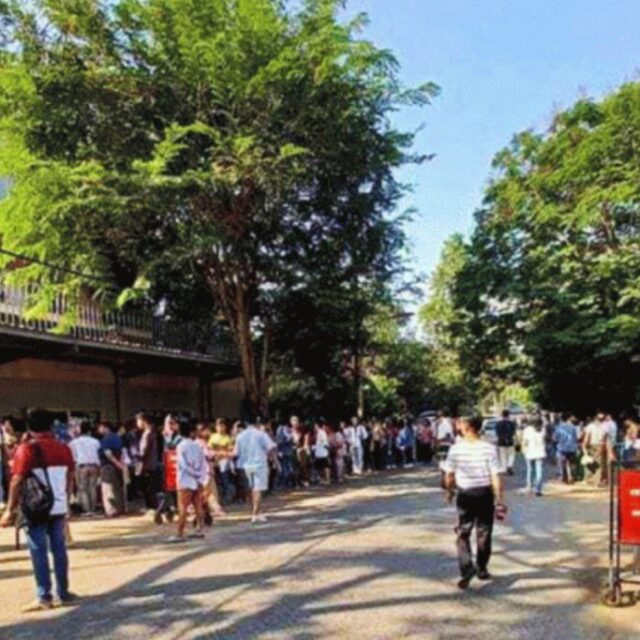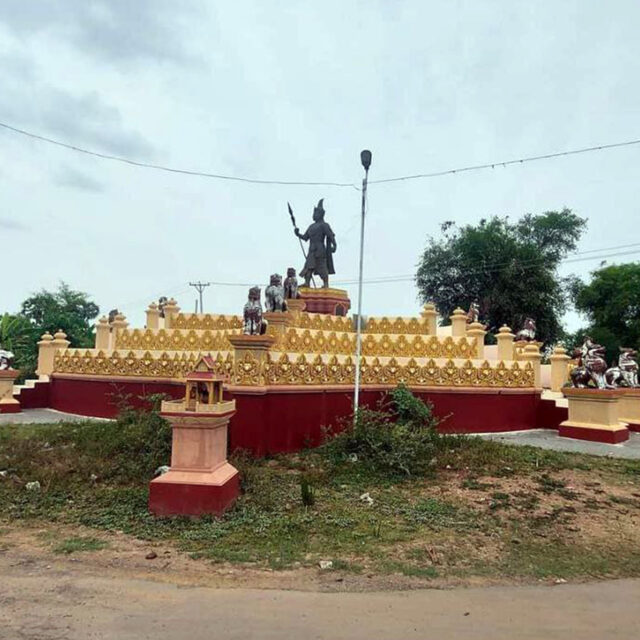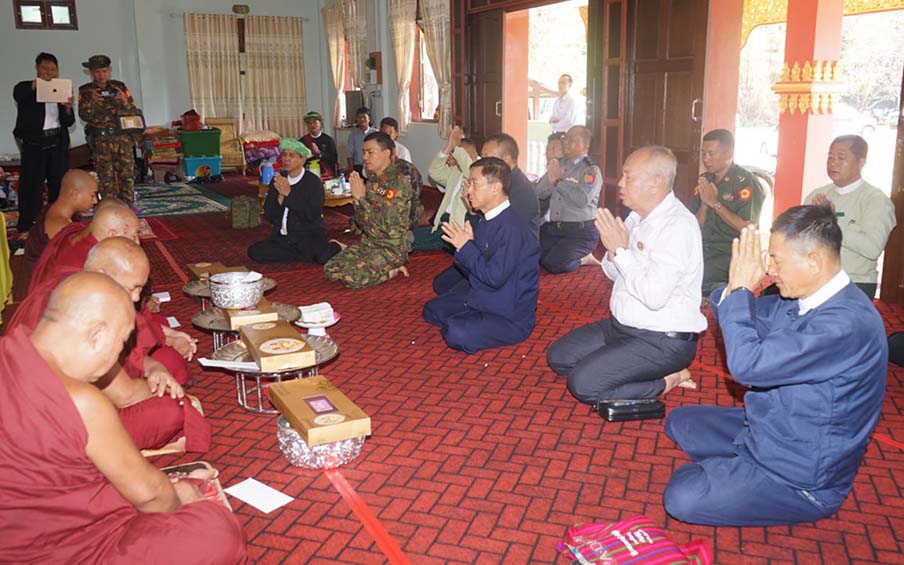Mangrove forests are dubbed as the strong walls against the erosion of water from rivers and creeks. Despite weakness in each plant, various kinds of salt-tolerant mangrove plants can thrive in the tidal areas to prevent landslides with their complicated roots.
Strong winds and storms can break small and large trees into pieces but shrubs and bushes, including mangrove plants. In 2008, the severe cyclonic storm Nargis swept all small and large trees in the Ayeyawady Region and some parts of the Yangon Region, bringing terrible tidal waves. In fact, the majority of people died in the tidal waves more than those in the storm.
It is necessary to take lessons from past events. In looking back at the past events, local people from the Ayeyawady Region extracted poles of mangrove plants to produce charcoal, firewood and household use. But they neglected to regrow mangrove plants and other shade trees to conserve the environment. Consequently, they could not prevent the attacks of tidal waves when severe cyclonic storms fell there.
Hence, the local people are responsible for safeguarding their areas by growing mangrove plants and coconut trees to thrive in their regions to be able to bravely overcome challenges of natural disasters such as flooding, storms, landslides and bank erosions for their survival.
As such, local people not only in the Ayeyawady Region but in other regions and states close to the sea need to grow mangrove plants as the best way to prevent natural disasters. It is because these mangrove forests are the best and strongest banks along the rivers, creeks and beaches.
That is why, the government decided to plan the cultivation of mangrove plantations, especially in the Rakhine State, Ayeyawady and Yangon Regions including deltaic areas and conserve the existing mangrove plantations. In this regard, local authorities need to seek public participation in environmental conservation tasks.
At present, arrangements are being made to grow mangrove plants and coconut trees along the coastal lines in the Ayeyawady, Yangon and Taninthayi regions as well as the Rakhine and Mon states as part of building the natural barriers against the disasters.
Such a plan will be a chance for local people not only to enjoy the use of products from the mangrove plantations and coconut trees but to take environmental conservation measures against possible natural disasters.
Hence, the local people are responsible for safeguarding their areas by growing mangrove plants and coconut trees to thrive in their regions to be able to bravely overcome challenges of natural disasters such as flooding, storms, landslides and bank erosions for their survival.




